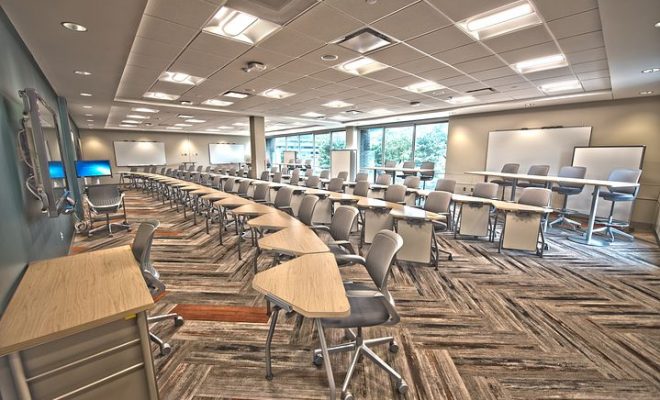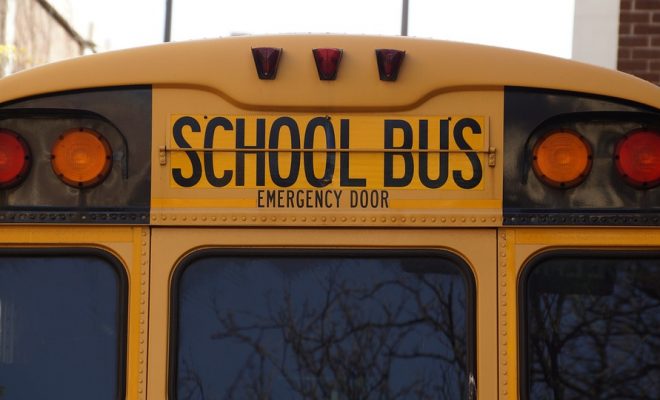Why Your Education Administrators Should Avoid Biometric Recognition Software

At 9:00 on a Tuesday morning, an elementary school principal received a phone call. The principal of the next-door elementary called to say that a shady character was on their campus and likely headed to the next one.
The principal receiving the call met the unidentified person at a side door and escorted him to the office on the premise that he had to sign in. While pretended to look for the sign-in sheet, the staff invited him to sit in the lobby and wait. The intruder was enjoying a cup of coffee when the district police arrived and escorted him out of the building.
There was no kidnapping, no shooting, and no news story. The two administrators did what they knew best. They talked to each other and kept their schools safe, and they did it without facial recognition software.
Have times changed? Of course, they have, but our need to connect personally with people hasn’t. The business of education is about communicating, and we do this best when we use our emotional intelligence.
Don’t get me wrong. I like technology, perhaps better than many people, but facial recognition software and security cameras are wasteful. In our schools. The cost doesn’t justify the use.
AI and machine learning step in to make schools safe
It’s easy to point out that things could have gone badly if the principals hadn’t been available that day, but both principals had trained their staff to act in a similar fashion. Any employee could have and would have done the same thing.
Not every school will find itself in the same position. Short of having a well-trained team of staff members who are confident and emotionally intelligent when confronting a person, there’s facial recognition software.
The software takes an initial picture of a subject, pinpointing unique facial features, encrypting the photo and tucking it away on a school server that is likely based in the cloud. That initial photo is used for comparison, and the software can match identifies regardless of angle, lightning, or even makeup.
Should an unauthorized person show up, school personnel would be alerted right away.
In theory, it’s a good idea, but facial recognition software also opens the door to other security threats, including identity theft, extortion, and invasion of privacy.
Biometric security may not be the answer
Edtech cannot and should not exist without emotional intelligence. It’s the one human characteristic the administrators, teachers, and other school employees bring to work every day. Emotional intelligence separates people from artificial intelligence by allowing us to connect with each other.
We’ve already spent nearly $3 billion dollars in facial recognition software, hoping it will be the silver bullet of safety. Some schools, like St. Therese, use the software only to monitor the adults who access the building. Teachers, employees, and frequent visitors are identified biometrically. If an unauthorized person accesses the building, the software alerts the administration, and then the principal can decide what action, if any, to take.
Remember those two elementary school principals? They did the same thing, without biometrics, and it cost only a cup of coffee.






